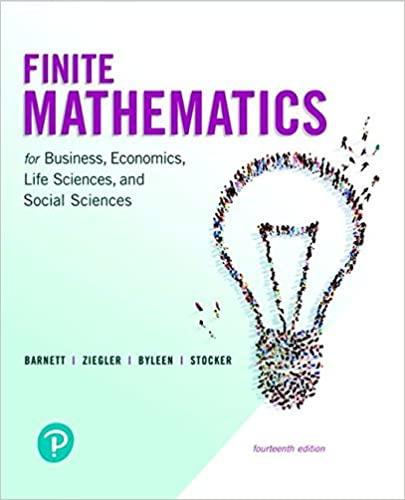Refer to Example 1 in Section 9.1, where we found the following transition matrix for an insurance
Question:
Refer to Example 1 in Section 9.1, where we found the following transition matrix for an insurance company:

If these probabilities remain valid over a long period of time, what percentage of drivers are expected to have an accident during any given year?
Data from Example 1 Section 9.1
An insurance company found that on average, over a period of 10 years, 23% of the drivers in a particular community who were involved in an accident one year were also involved in an accident the following year. They also found that only 11% of the drivers who were not involved in an accident one year were involved in an accident the following year. Use these percentages as approximate empirical probabilities for the following:
Draw a transition diagram.
Find the transition matrix P.
If 5% of the drivers in the community are involved in an accident this year, what is the probability that a driver chosen at random from the community will be involved in an accident next year? Year after next?
Step by Step Answer:

Finite Mathematics For Business Economics Life Sciences And Social Sciences
ISBN: 9780134862620
14th Edition
Authors: Raymond Barnett, Michael Ziegler, Karl Byleen, Christopher Stocker





